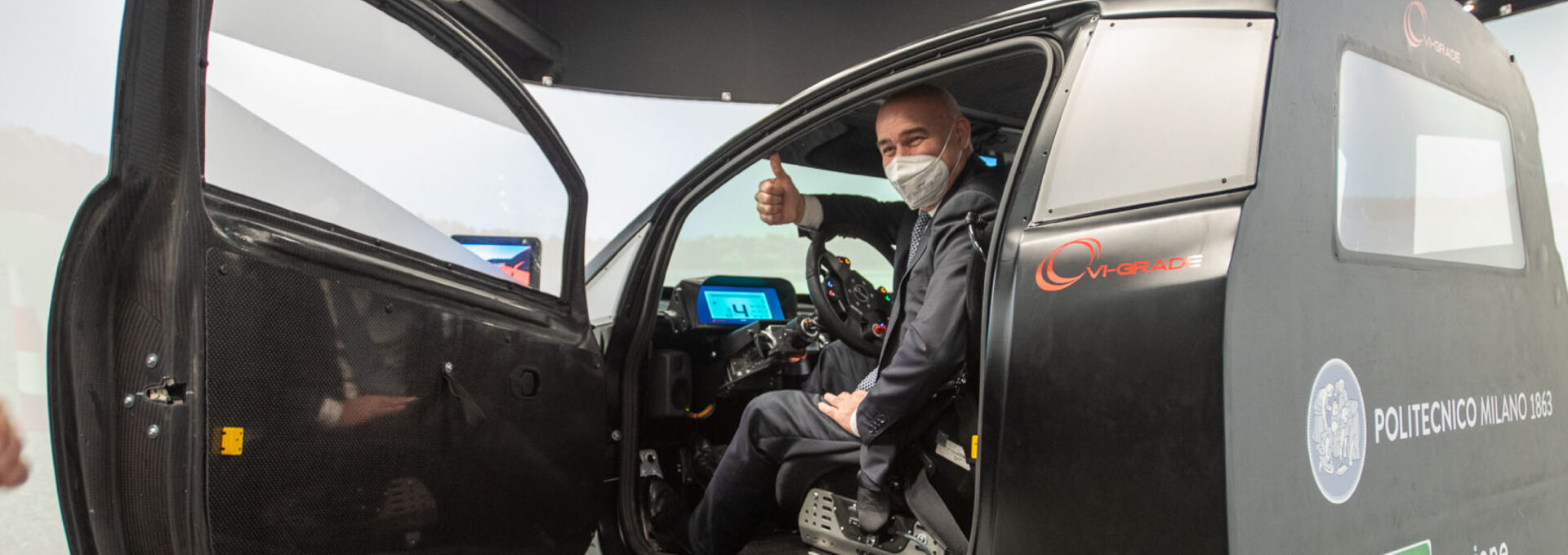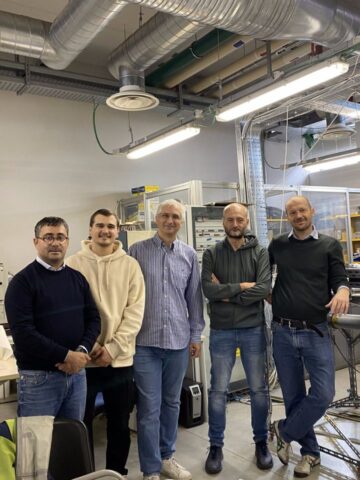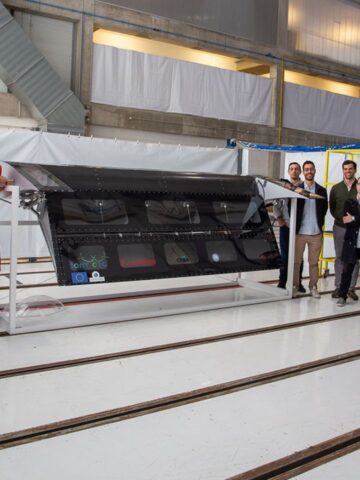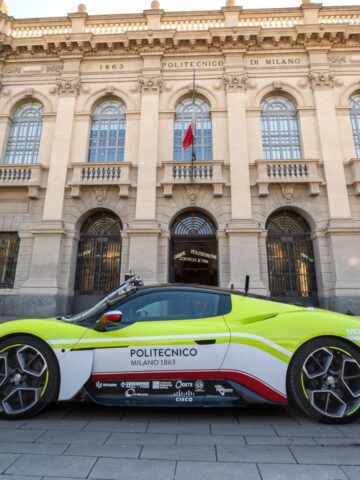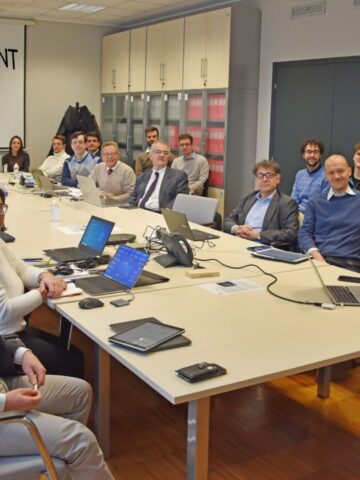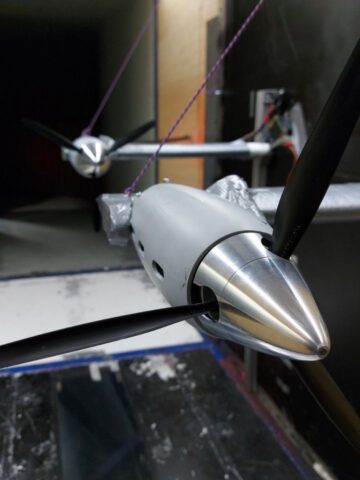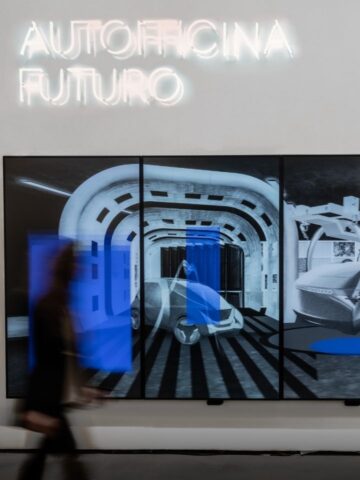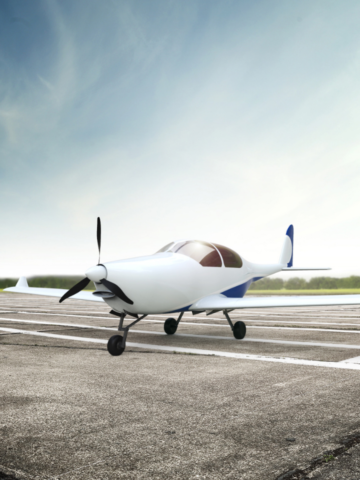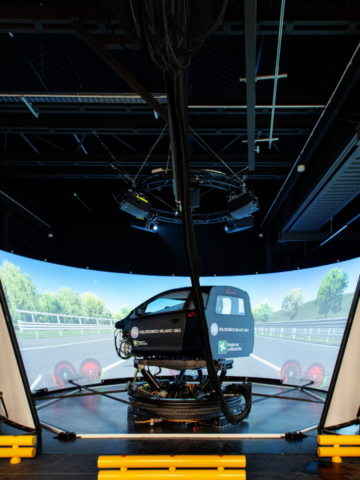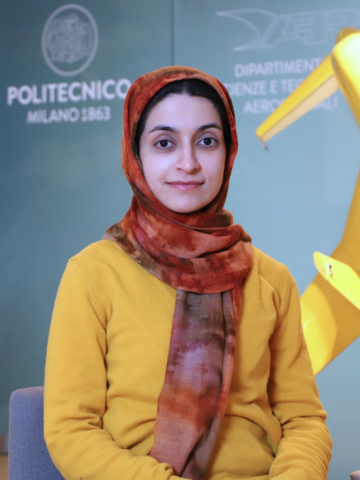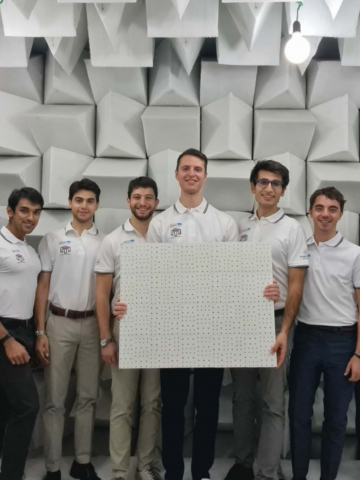Politecnico di Milano has presented the world’s first commercial installation of the DiM400, the most innovative model of driving simulator available on the market, designed and developed by VI-grade. In acquiring the driving simulator, the Politecnico di Milano received financial support from Regione Lombardia.
This installation is fundamental for the scientific research in the automotive field, as the simulator represents a unique tool for the university in the development of sustainable mobility.
On the one hand, the driving simulator will be applied for the design and conception of new environmentally friendly vehicles and for the development of components with innovative materials. On the other hand, the simulator will be used for applications related to vehicle dynamics, fuel consumption optimization, verification of the functioning of advanced driver-assistance systems (ADAS) and applications for autonomous driving. The development of sustainable motorsport will also be possible in the future.
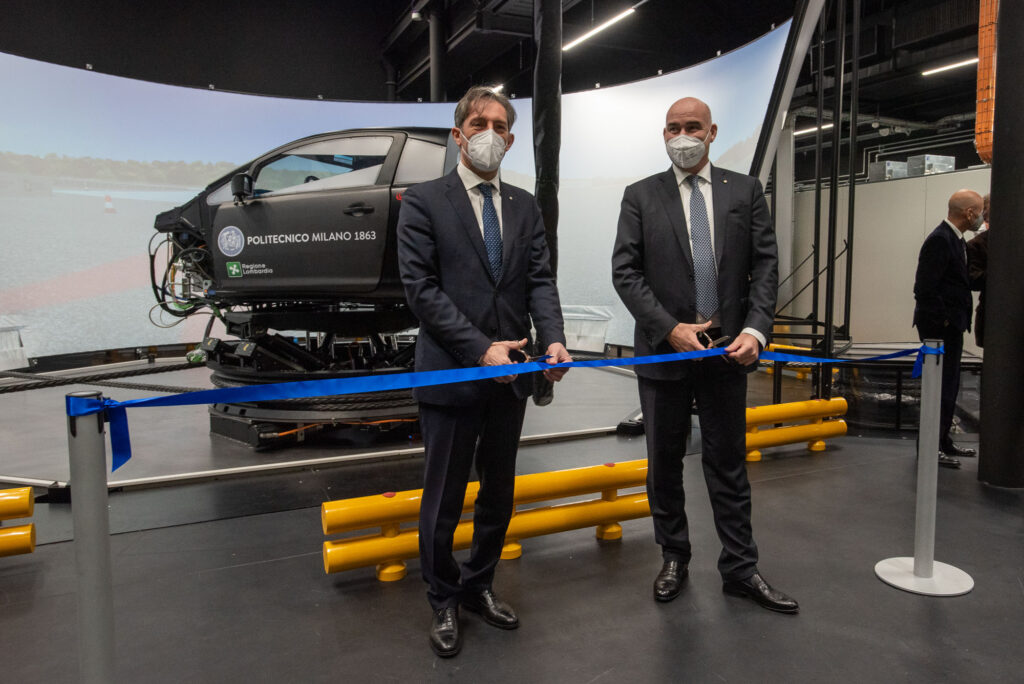
The system, partially financed by Regione Lombardia, has been installed at our Bovisa Campus, and represents a technological highlight of a project promoted by the Lombardy Mobility Cluster – a project that aims to create a center of excellence for automotive subcontractors in the regional cluster of Lombardy, the fourth largest in Europe.
Experimental infrastructures and state-of-the-art laboratories are essential elements for international research and development with companies. The installation of the simulator contributes in making the Politecnico di Milano competitive on an international scale and turns the Bovisa area into an ecosystem of innovation. This is the objective of the University: to face the great challenges of the coming years, first of all that of mobility.
commented Ferruccio Resta, Rector of Politecnico di Milano.
The driving simulator is a system consisting of a real cockpit as well as a large panoramic screen that reproduces a virtual scenario, simulating a realistic driving experience. In addition, the driver is immersed in a vibro-acoustic environment that resembles reality. When executing commands to the vehicle, the driver receives the same feedback that he would receive when driving a real car.
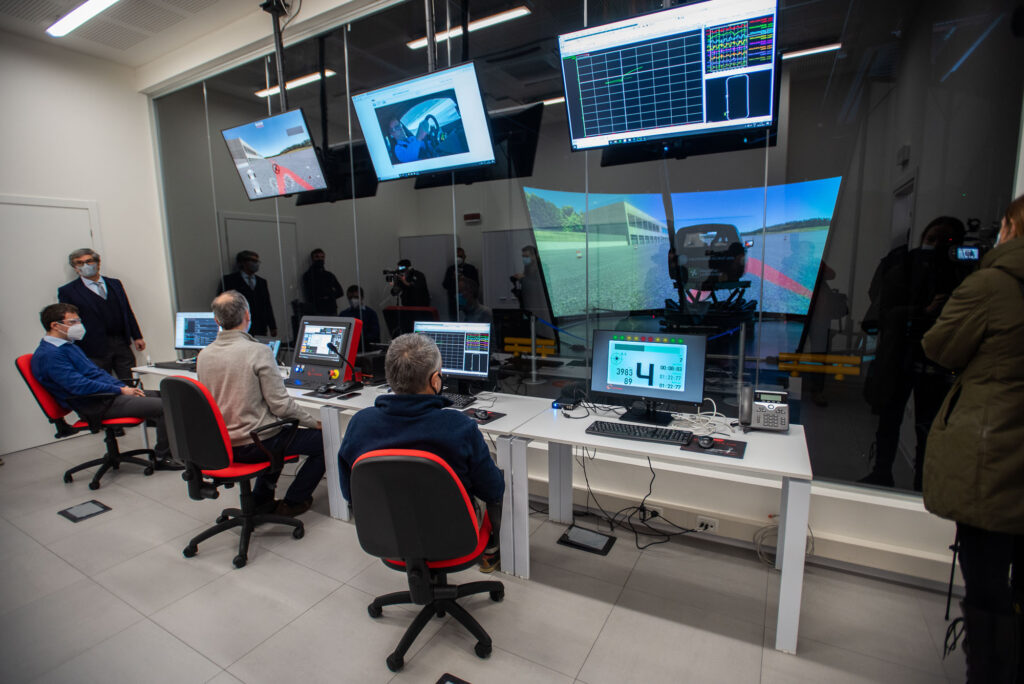
In the cockpit the driver is subjected to exactly the same forces as in the real driving experience, thanks to the simulator’s movements and the integrated active systems of the seat and seatbelts.
The simulator is therefore capable of integrating the different mechanical, electrical, pneumatic, hydraulic, electronic and computer components that determine vehicle performance and the related influence on driver feeling, as well as the environmental impact of cars under various operating conditions.
The DiM400 features an innovative cable-based handling system that allows a greater range of motion, exposing the driver to higher acceleration over a longer period of time. In addition, a new component called “Hexalift” enables improved vertical movement by extending the available travel. This, in turn, leads to an improved driving experience during combined movements.
With this agreement we want to put research and innovation at the service of sustainable mobility to strongly support the Lombardy automotive supply chain. The decision to invest in this infrastructure was based on a concrete contextual analysis: 80% of the value of vehicles depends on the components, i.e. the technologies applied by the companies that produce the different parts. This is a sector that is particularly highly developed in Lombardy, with over 1000 companies in the mechanical, plastic and electronic sectors for the automotive industry. Therefore, simulators are indispensable for design and production of state-of-the-art vehicles, offering great benefits to both business and science. Having one of the world’s most advanced simulators in Lombardy represents a great opportunity.
said Fabrizio Sala, Councillor for Education, Research, Innovation, University and Simplification of Regione Lombardia.
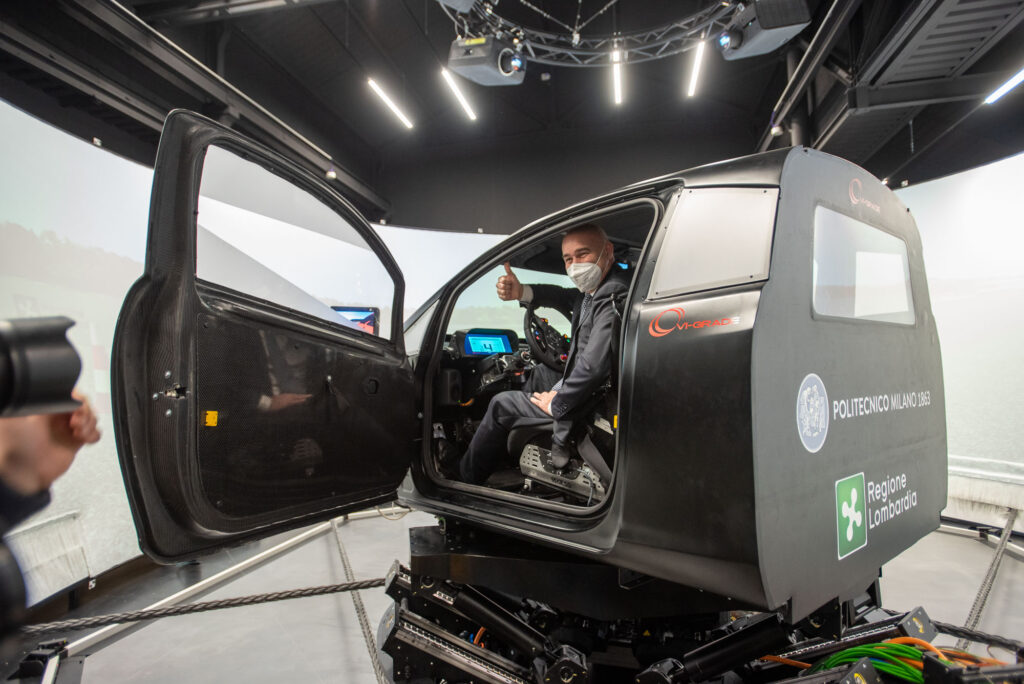
The first advantage of the driving simulator is to demonstrate the potential of innovations in a safe environment before they are implemented in reality. In the same way, it is possible to test and perfect all advanced systems of assisted (ADAS) or autonomous driving.
Furthermore, the simulator allows to verify the interaction between road users and infrastructures, such as traffic sensors, before they are actually built. In addition, studies on driving safety, e.g. for disabled and elderly people, as well as studies on the interaction between more vulnerable users, vehicles and infrastructures can be developed. This functionality is particularly important in the context of sustainable and intelligent mobility to design a transportation system capable of reducing road congestion, pollution, and hazards. In addition, the simulator allows reconstruction of traffic accidents.
Finally, the simulator represents a fundamental element for teaching approach at the university: Topics of vehicle dynamics, driver-vehicle-infrastructure interaction as well as “best practices” can henceforth be taught in a specific and practice-oriented way.
This success shows that universities are playing an increasingly fundamental role in the development of new transportation technologies, as they have become an important part of the automotive ecosystem made up of manufacturers, suppliers and R&D centers.
said Alessio Lombardi, Sales Director EMEA, VI-grade.
